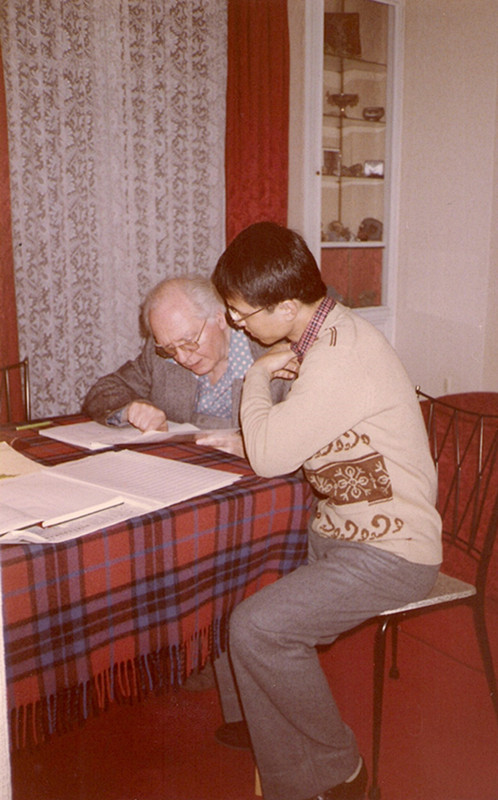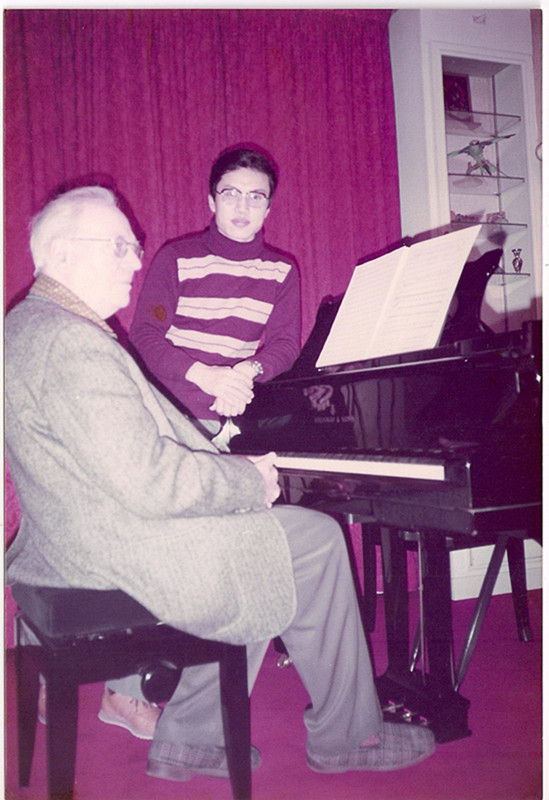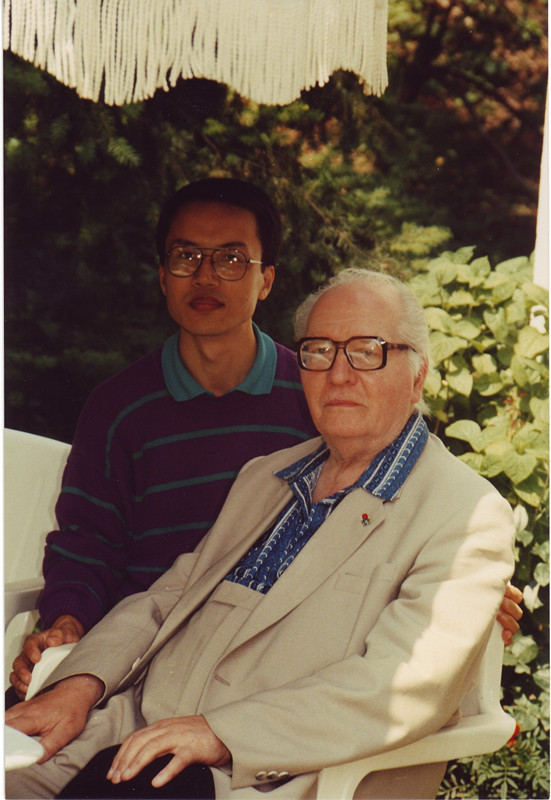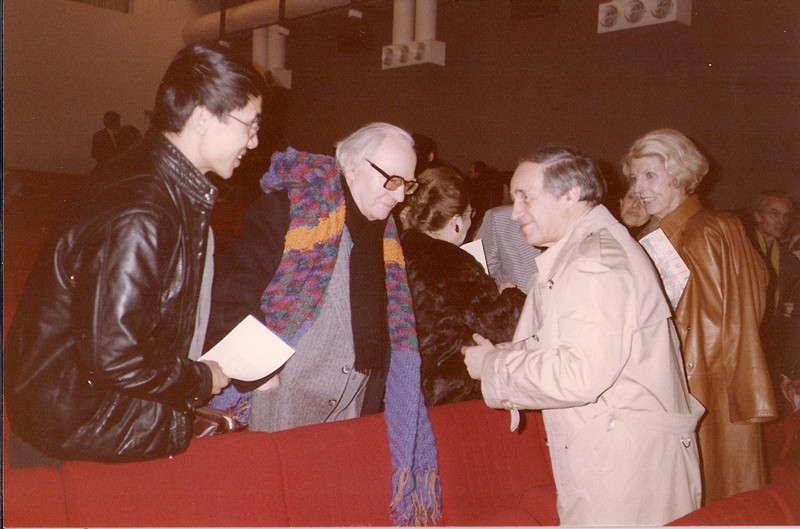Overview
Top Works
| Messiaen: Vingt Regards sur l'enfant-Jésus | Composer | 1944 | |
| Messiaen: Turangalîla-Symphonie | Composer | 1948 | |
| Messiaen: Catalogue d'oiseaux | Composer | 1956-1958 | |
| Messiaen: Quatuor pour la fin du temps | Composer | 1940-1941 | |
| Messiaen: Saint François d'Assise | Composer | 1975-1983 | |
| Messiaen: La Transfiguration de Notre Seigneur Jésus-Christ | Composer | 1969 |
Biography
Olivier Messiaen ( December 10, 1908 – April 27, 1992) was a French composer, organist and ornithologist, one of the major composers of the 20th century. His music is rhythmically complex; harmonically and melodically it often uses modes of limited transposition, which he abstracted from his early compositions and improvisations. Messiaen also drew on his Roman Catholic faith for his pieces.
He travelled widely and wrote works inspired by diverse influences such as Japanese music, the landscape of Bryce Canyon in Utah and the life of St. Francis of Assisi. He said he perceived colours when he heard certain musical chords (a phenomenon known as synaesthesia in its literal manifestation); combinations of these colours, he said, were important in his compositional process. For a short period Messiaen experimented with the parametrisation associated with "total serialism", in which field he is often cited as an innovator. His style absorbed many exotic musical influences such as Indonesian gamelan (tuned percussion often features prominently in his orchestral works).
Messiaen entered the Paris Conservatoire at the age of 11 and was taught by Paul Dukas, Maurice Emmanuel, Charles-Marie Widor and Marcel Dupré, among others. He was appointed organist at the Église de la Sainte-Trinité in Paris in 1931, a post held until his death. He taught at the Schola Cantorum de Paris during the 1930s. On the fall of France in 1940, Messiaen was made a prisoner of war, during which time he composed his Quatuor pour la fin du temps ("Quartet for the end of time") for the four available instruments—piano, violin, cello and clarinet. The piece was first performed by Messiaen and fellow prisoners for an audience of inmates and prison guards. He was appointed professor of harmony soon after his release in 1941, and professor of composition in 1966 at the Paris Conservatoire, positions he held until his retirement in 1978. His many distinguished pupils included Quincy Jones, Pierre Boulez, Karlheinz Stockhausen and Yvonne Loriod, who became his second wife.
He found birdsong fascinating, notating bird songs worldwide and incorporating birdsong transcriptions into his music. His innovative use of colour, his conception of the relationship between time and music, and his use of birdsong are among the features that make Messiaen's music distinctive.
Olivier Messiaen has exercised a remarkable influence over composers both in his native France and elsewhere, although his own work is unique in its individuality. Educated at the Paris Conservatoire, where his teachers included the great French organist Marcel Dupré, he became principal organist of La Trinité in Paris after graduation in 1930, a position he retained for many years. Messiaen’s musical language is derived from a number of varied sources, including Greek metrical rhythms, Hindu tradition, the serialism of Schoenberg, Debussy and birdsong, with his whole work and life deeply influenced by the spirit of Catholicism.
Orchestral Music
Of orchestral works by Messiaen particular mention may be made of the Turangalîla-symphonie, with its Hindu inspiration, and the mystical L’Ascension, later arranged also for organ.
Piano Music
Two extended compositions for piano by Messiaen suggest two of the sources of his inspiration. Vingt Regards sur l’enfant Jésus, a title defying elegant translation, takes 20 different views of the Child Jesus—from the Father, the star and the Virgin to that of the Church of Love. The work was first performed in Paris in 1945 by the composer’s wife, the pianist Yvonne Loriod. The Catalogue d’oiseaux of 1959 is derived from birdsong and includes ‘Le Chocard des alpes’, ‘Le Loriot’ and ‘Le Courlis cendré’.
Organ Music
Messiaen made a significant addition to organ repertoire. His compositions for the instrument include La Nativité du Seigneur (‘The Birth of the Lord’), L’Ascension and Les Corps glorieux (‘Bodies in Glory’), the last described as seven brief visions of the life of the resurrected.
Chamber Music
Among the best known of Messiaen’s varied works for smaller groups of instruments is the Quatuor pour la fin du temps (‘Quartet for the End of Time’), written in 1941 during a period of wartime imprisonment in Silesia. This apocalyptic work was composed for the instruments available (clarinet, piano, violin and cello) and was first performed in the prison camp.

Index: 9.2
Type: Person Male
Period: 1908.12.10 - 1992.4.27
Age: aged 83
Area :France
Occupation :Composer
Periods :Modernist Music




